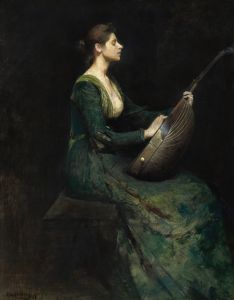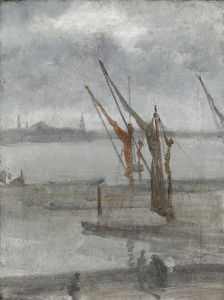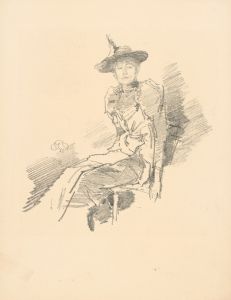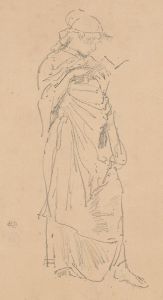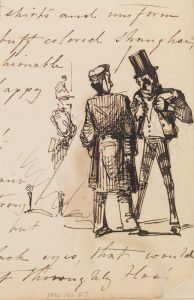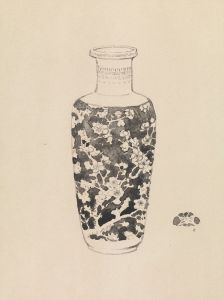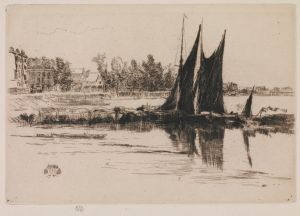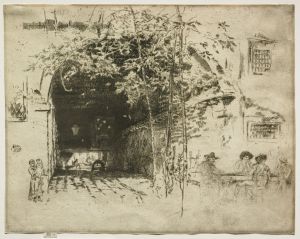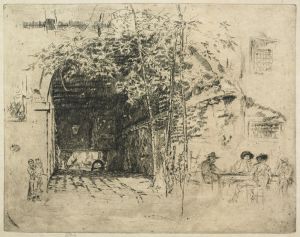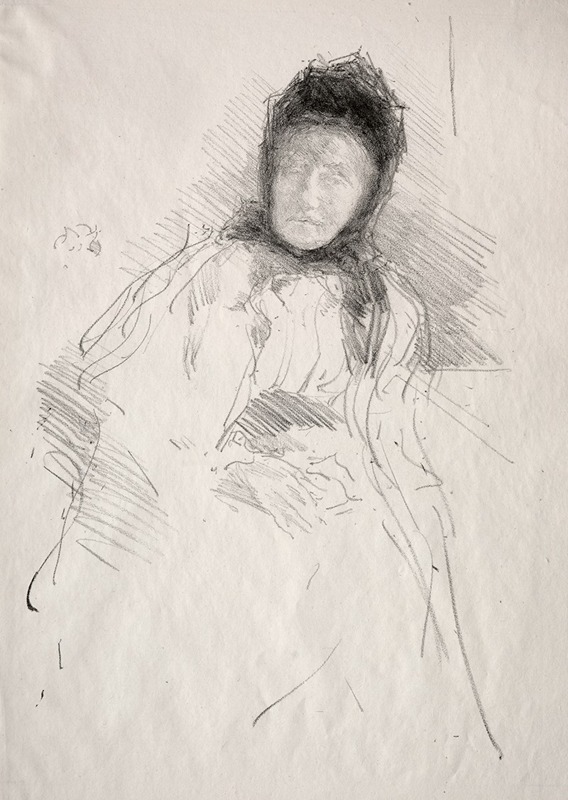
Unfinished Sketch of Lady Haden
A hand-painted replica of James Abbott McNeill Whistler’s masterpiece Unfinished Sketch of Lady Haden, meticulously crafted by professional artists to capture the true essence of the original. Each piece is created with museum-quality canvas and rare mineral pigments, carefully painted by experienced artists with delicate brushstrokes and rich, layered colors to perfectly recreate the texture of the original artwork. Unlike machine-printed reproductions, this hand-painted version brings the painting to life, infused with the artist’s emotions and skill in every stroke. Whether for personal collection or home decoration, it instantly elevates the artistic atmosphere of any space.
James Abbott McNeill Whistler, an American artist active during the late 19th century, is renowned for his contributions to the art world, particularly in the realms of painting and etching. Among his numerous works, the "Unfinished Sketch of Lady Haden" stands out as a notable piece, although it remains less documented compared to some of his more famous works like "Whistler's Mother."
The "Unfinished Sketch of Lady Haden" is an intriguing example of Whistler's artistic process and his approach to portraiture. Whistler was known for his distinctive style, which often emphasized mood and atmosphere over detailed realism. This sketch, while unfinished, provides insight into his technique and the early stages of his creative process.
The subject of the sketch, Lady Haden, was likely related to Whistler through his half-sister, Deborah Delano Haden, who was married to Francis Seymour Haden, a prominent surgeon and etcher. Whistler and Seymour Haden had a complex relationship, marked by both collaboration and conflict. This familial connection suggests that Lady Haden was part of Whistler's extended family circle, which often served as inspiration for his work.
In the sketch, Whistler's use of line and form is evident, showcasing his ability to capture the essence of his subject with minimal detail. The unfinished nature of the work leaves much to the imagination, allowing viewers to appreciate the raw, unrefined talent of the artist. Whistler's sketches often served as preliminary studies for more complete works, and they reveal his focus on composition and the interplay of light and shadow.
Whistler's artistic philosophy was heavily influenced by the Aesthetic Movement, which prioritized beauty and harmony over moral or narrative content. This influence is apparent in the "Unfinished Sketch of Lady Haden," where the emphasis is on the aesthetic qualities of the piece rather than a detailed representation of the subject. Whistler's approach often drew comparisons to musical compositions, where the arrangement of elements created a harmonious whole.
The sketch also reflects Whistler's interest in Japanese art, which he encountered during his time in Paris. The simplicity and elegance of Japanese prints had a profound impact on his work, leading him to adopt a more minimalist approach in his own art. This influence can be seen in the delicate lines and subtle forms present in the "Unfinished Sketch of Lady Haden."
While the exact date of the sketch is not well-documented, it likely falls within the period when Whistler was actively engaged in portraiture and experimenting with different styles and techniques. His ability to convey emotion and character with minimal detail is a testament to his skill as an artist.
The "Unfinished Sketch of Lady Haden" remains a valuable piece for understanding Whistler's artistic journey and his contributions to the art world. It exemplifies his commitment to exploring new ideas and pushing the boundaries of traditional portraiture. Despite its unfinished state, the sketch continues to captivate viewers and art historians alike, offering a glimpse into the mind of one of the 19th century's most innovative artists.





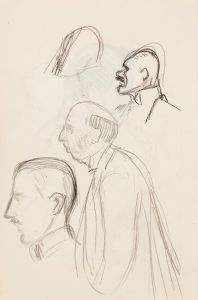
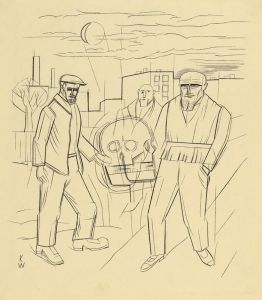
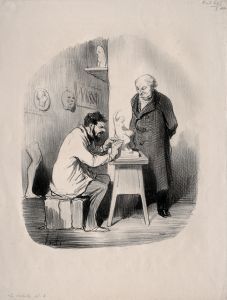
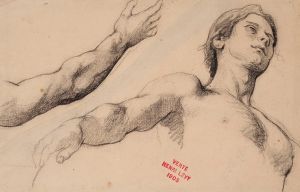
![La Donna Della Finestra [The Lady of Pity]](/imgs/236107/s/dante-gabriel-rossetti-la-donna-della-finestra-the-lady-of-pity-5b3f0a45.jpg)
